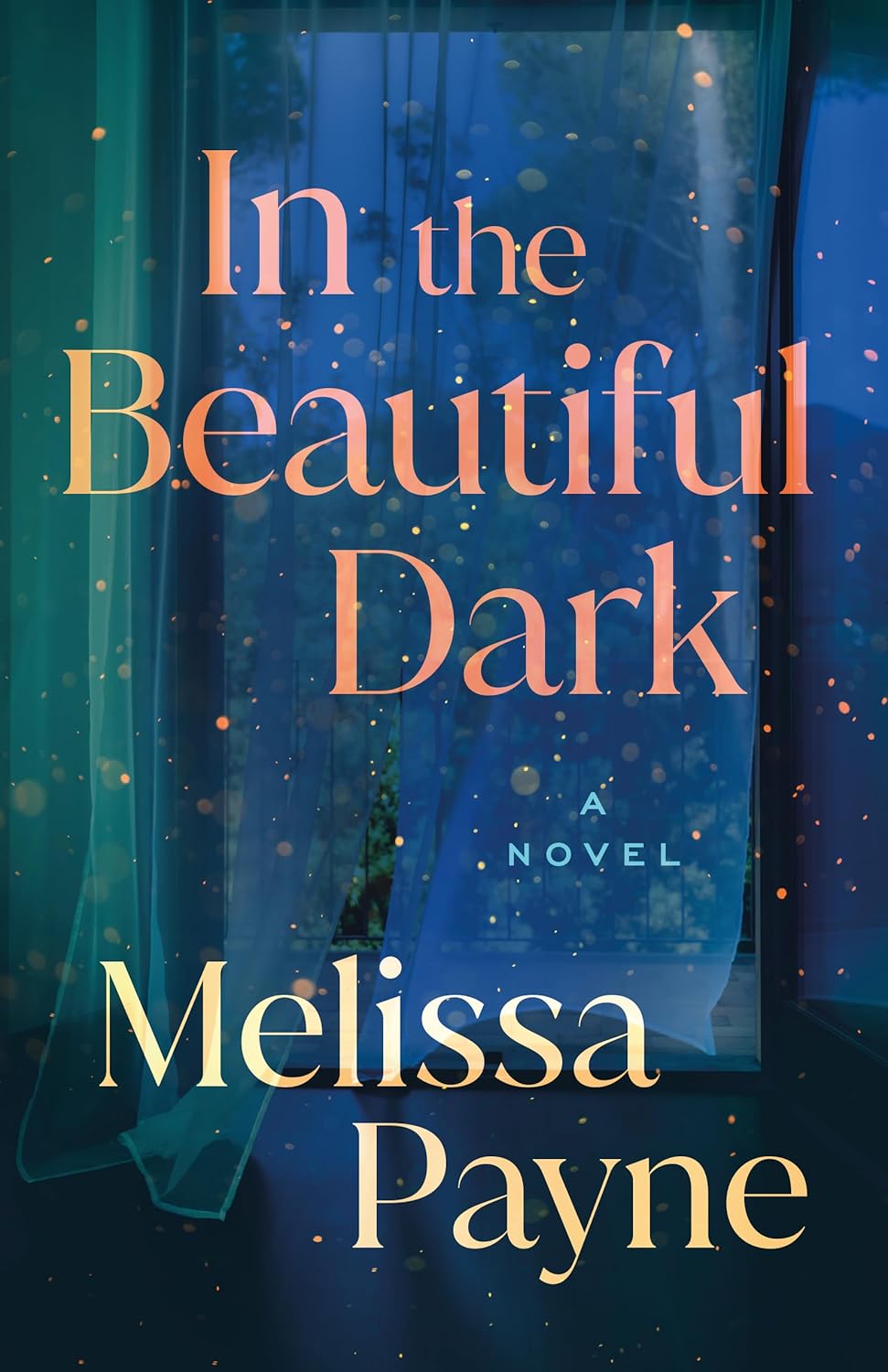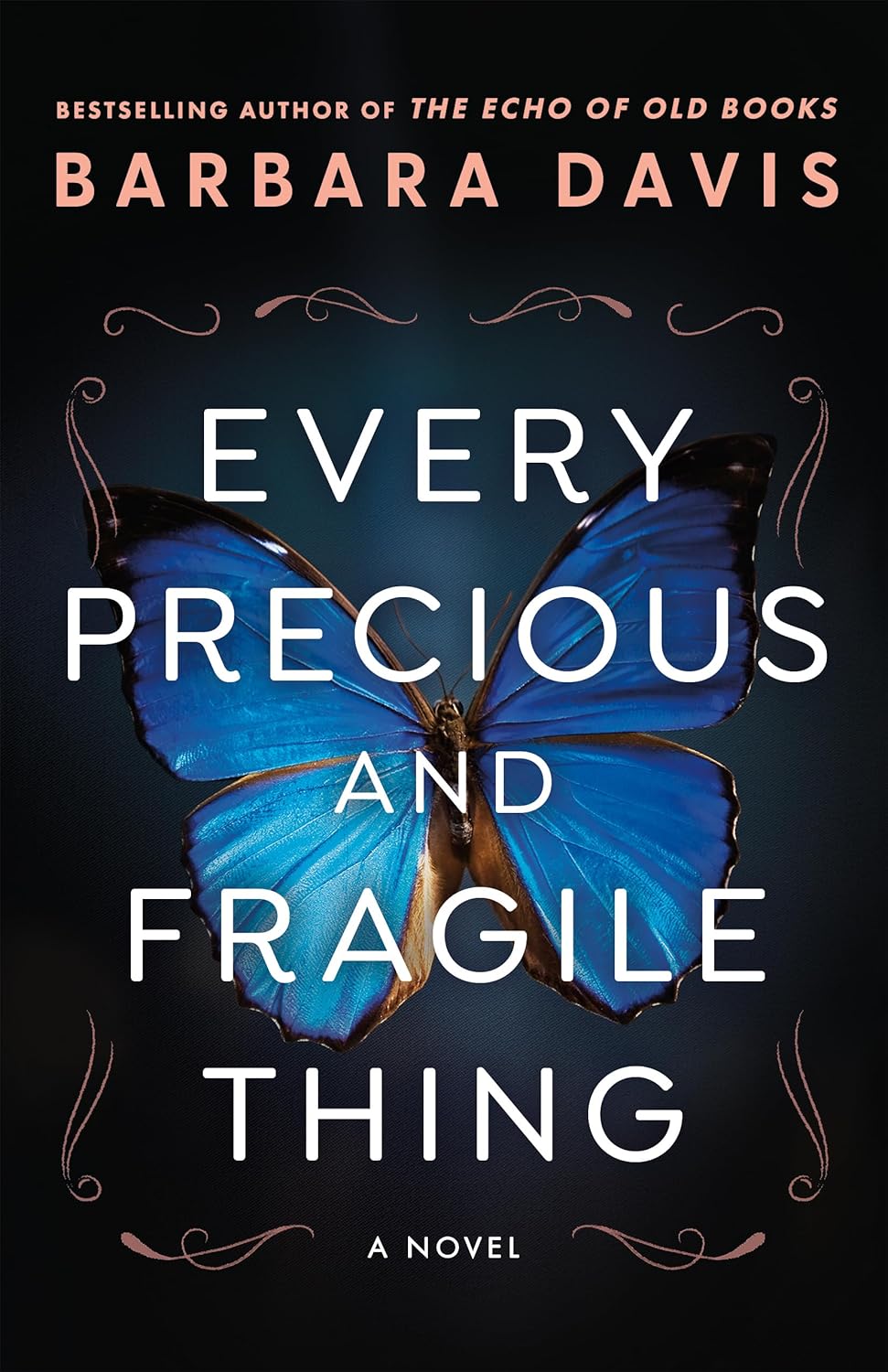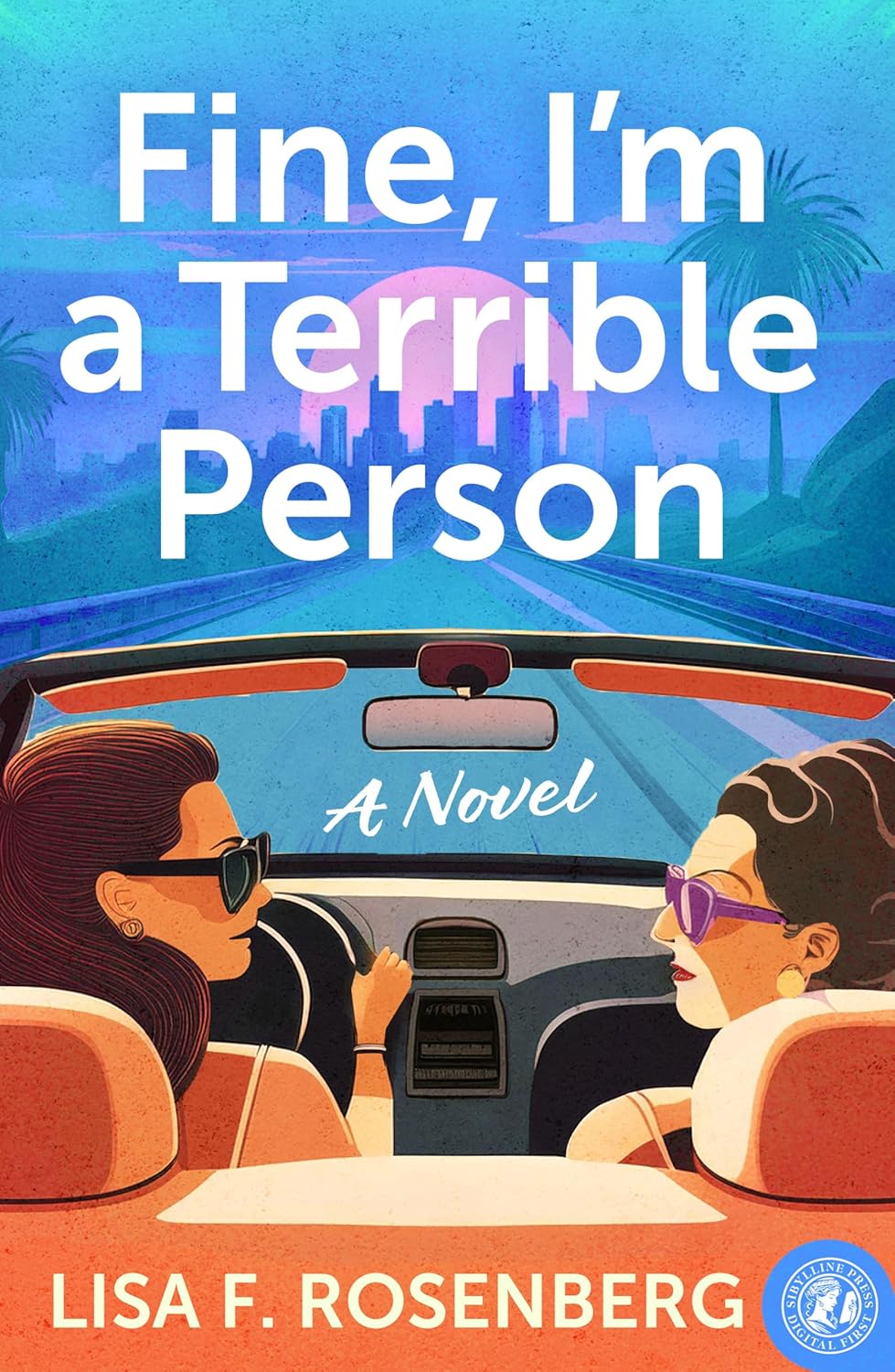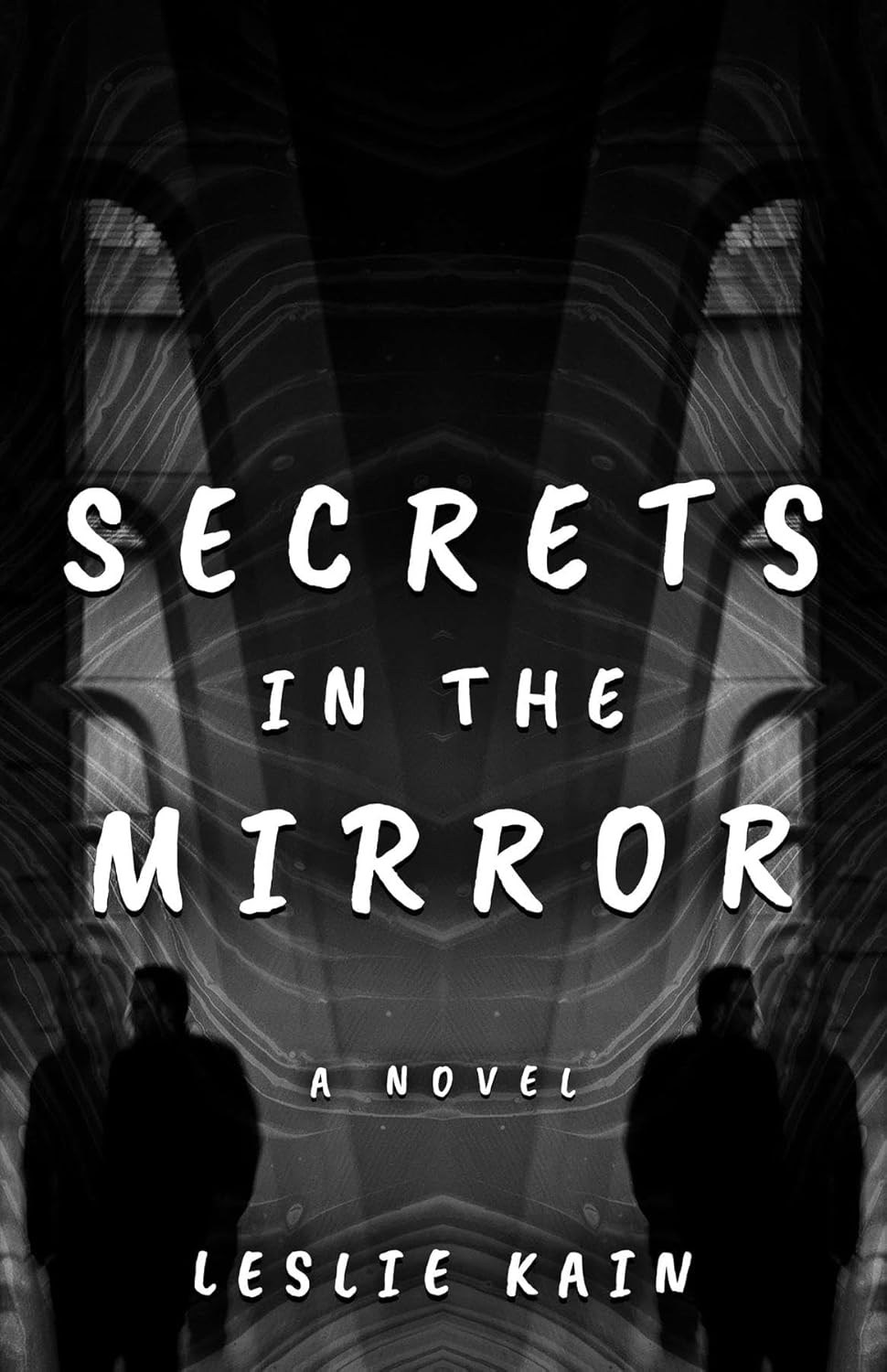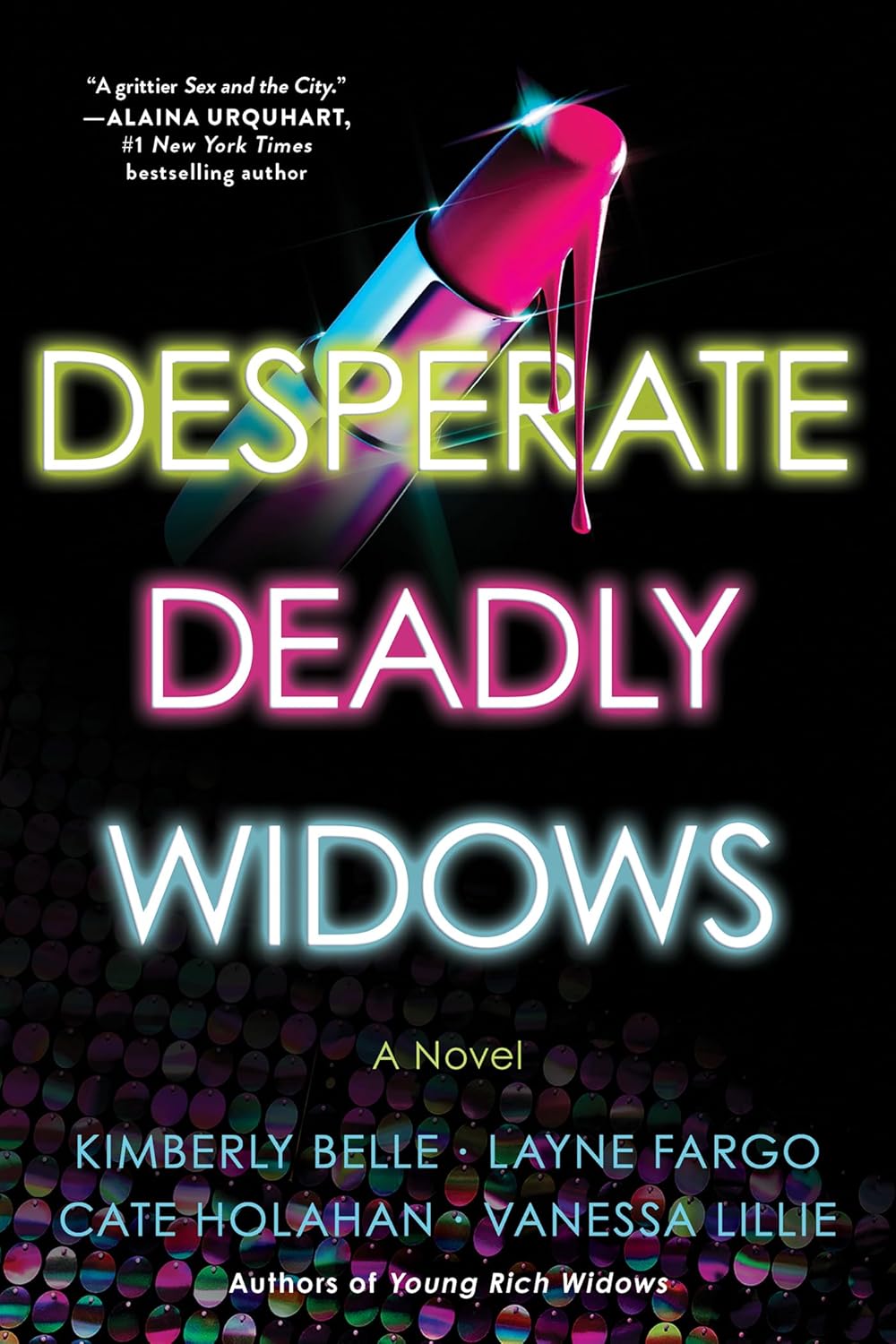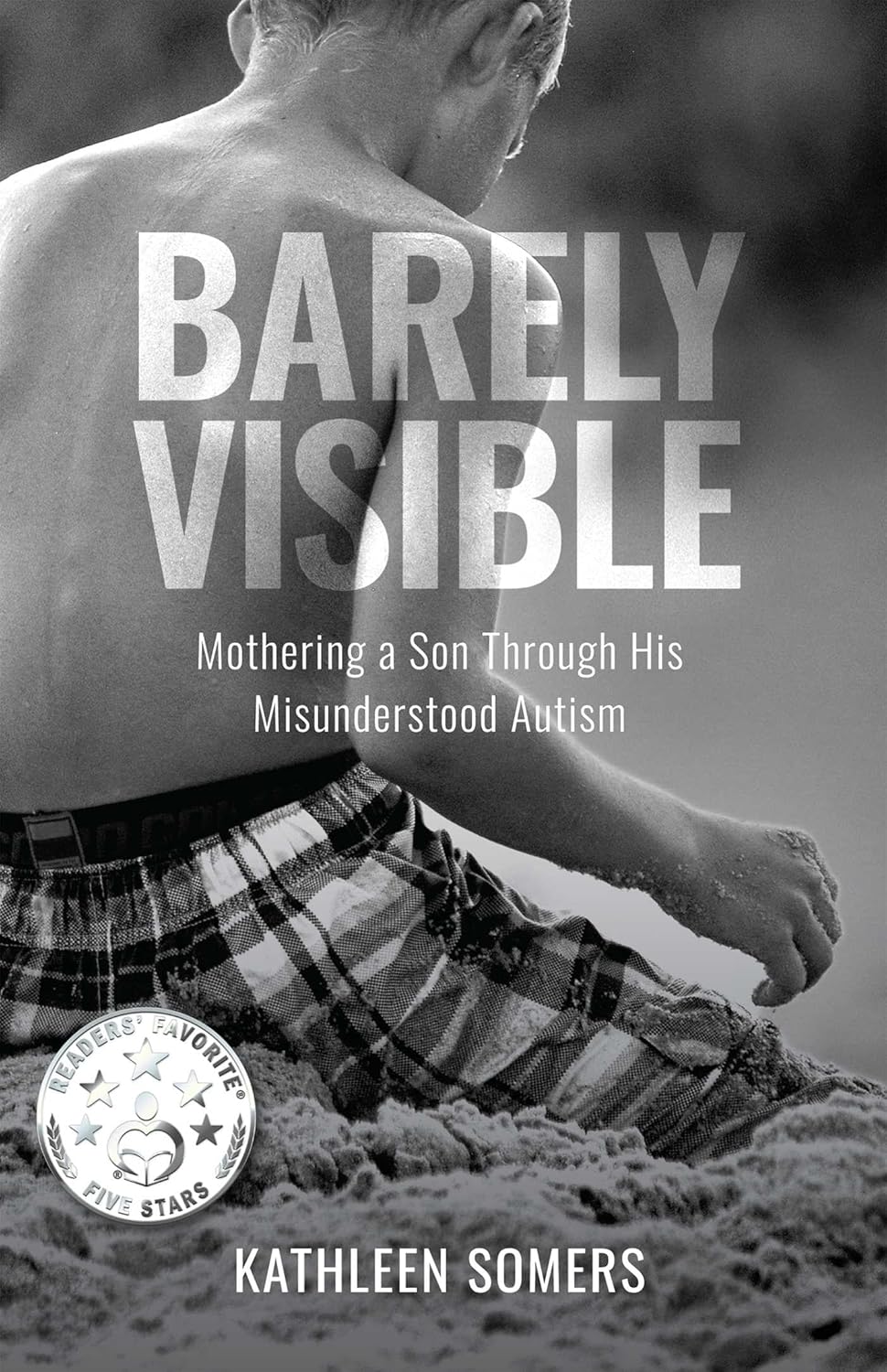Paulette Kennedy: Authors Interviewing Characters
The Life and Loves of an American Artist: An Interview with Marguerite Thorne
By Paulette Kennedy, author of THE ARTIST OF BLACKBERRY GRANGE
(Lake Union; May 1, 2025)
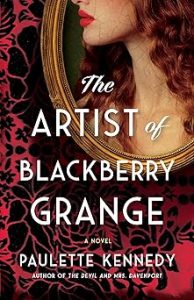 For a young caregiver in the Ozarks, an old house holds haunting memories in a ghostly novel about family secrets, sacrifice, and lost loves by the author of The Devil and Mrs. Davenport.
For a young caregiver in the Ozarks, an old house holds haunting memories in a ghostly novel about family secrets, sacrifice, and lost loves by the author of The Devil and Mrs. Davenport.
In the summer of 1925, the winds of change are particularly chilling for a young woman whose life has suddenly become unbalanced.
Devastated by her mother’s death and a cruel, broken engagement, Sadie Halloran learns that her great-aunt Marguerite, a renowned artist now in the throes of dementia, needs a live-in companion. Grasping at newfound purpose, Sadie leaves her desolate Kansas City boardinghouse for Blackberry Grange, Marguerite’s once-grand mansion sitting precariously atop an Arkansas bluff. Though Marguerite is a fading shell of the vibrant woman Sadie remembers, Marguerite is feverishly compelled to paint eerie, hallucinatory portraits of old lovers―some cherished, some regretted, and some beastly. All of them haunting.
With each passing night, time itself seems to shift with the shadows at Blackberry Grange. As truth and delusion begin to blur, Sadie must uncover the secrets that hold Marguerite captive to her past before reality―and Marguerite’s life―slips away entirely.
Paulette Kennedy Interviews Marguerite Thorne
Marguerite Thorne is a mystery. Much has been written about her trailblazing presence in the art world, but the woman herself is an enigma crafted from legend and conjecture, given her almost mythological insistence on privacy. But as I’m ushered into Miss Thorne’s sprawling Arkansas mansion, I’m struck by the touches of humanity scattered throughout the elegant, if slightly shabby rooms. The family portraits in their silver frames. A dried corsage of roses. The elaborate Murano chandelier in the dining room. All evidence of a life well lived.
Miss Thorne has just returned from Venice, and she greets me in her library, with its expansive views of the surrounding mountains. She’s dressed in a lace tea gown, low-cut and daringly louche, her lips rouged. Though she’s approaching her sixtieth year, Miss Thorne is remarkably youthful, her graying hair still streaked with its famed auburn hue. She offers me a drink, and with the shadow of Prohibition looming, I gratefully accept. The drink is bracing yet warm, spiked with juniper and lime.
“That’s the last of my gin,” she says with a wink. “I’ve been rationing it for the occasion. Shall we begin?” She settles across from me, crossing one leg over the other, and I can’t help but notice the diamond anklet gracing her slender ankle. She’s barefoot, toenails lacquered the same brilliant carmine as her lips. Suddenly, I have the notion that I’m the one about to be interviewed—or interrogated. Miss Thorne’s confidence is leonine. As intoxicating as it is intimidating.
You were one of the first female artists of the Gilded Age. What was that like?
Well, my dear, I may have been one of the first of my era, but I’m far from the first, ever. Women have always been in the arts, even when we’ve had to work under a man’s name. Artists like Artemisia Gentileschi and Catharina van Hemessen were the real trailblazers. Some say I was lucky—or that there were nefarious reasons for my success, as if I made a deal with the devil—but the truth is, I worked very hard. Yes, I took the opportunities that came my way. But I wasn’t handed success on a silver platter. All of us were strivers.
Yet, you were born with a silver spoon in your mouth. Do you think that afforded you more opportunity?
Oh, undoubtedly, but I became independent at a very young age. Because of my earnings, not my father’s money, I was able to travel. See the world and experience things many people have not. I studied privately under some of the most acclaimed artists in the world—including Degas—and made friends with other women artists.
Mary Cassatt is one of them, isn’t she?
Yes. Even though we’re both American, we met in Paris. Mary introduced me to Degas and the other Impressionists. We had some of the same struggles, Mary and I. We’re still great friends, although Iris Vaughn was my dearest compatriot. She’s who inspired me to take up landscapes, though I started out with portraiture. It was difficult for women to gain commissions for portraits when I was coming up. It’s better now, but not by much.
There were rumors about you and Iris. That you were secretly lovers.
Small laugh. Iris and I were very close. People are welcome to believe what they would like. Iris is gone now, and I miss her presence in my life terribly.
You’ve never married. Why?
Why is it, that women are always asked this question, but it’s rarely asked of men? I suppose I saw no need to marry. I liked my life the way it was. The freedoms that my success afforded me. I realize how rare that is. How precious. I lost my first love when I was only a girl, before I was even brought out to society. My father had aspirations for me, of course, but they were his dreams, not mine. I never fit well into the expectations others had for me.
You’re famously estranged from your family…
Holds hand up. That’s an exaggeration. I stay in touch with them. I’m interested in their lives. But I also enjoy my solitude. My privacy. My fellow artists are my family, in many ways. The life of a creative person is often foreign to those who don’t share the same discipline or passion. That’s all. There’s no great secret I’m hiding. No mystery.
Yet you rarely grant interviews. Why did you accept my request?
I like to let my art speak for itself, I suppose. I’ve never craved celebrity or the public eye. As to why I agreed to talk with you, I’ve been watching your career, Mrs. Kennedy. If you wouldn’t mind, I’ll give you some advice. Don’t let anyone else tell you who you are. How to be or who to love. Create boldly and bravely. If you give any ground, people will take it. Keep a bit of the viper in your belly, always. And hold something back, just for yourself. No one deserves to see all your cards.
I’m honored, Miss Thorne. Truly. Thank you for speaking with me today.
—
BUY HERE
Paulette Kennedy is the bestselling author of The Devil and Mrs. Davenport, The Witch of Tin Mountain, and Parting the Veil, which received the HNS Review Editor’s Choice Award. She has had a lifelong obsession with the gothic. As a young girl, she spent her summers among the gravestones in her neighborhood cemetery, imagining all sorts of romantic stories for the people buried there. After her mother introduced her to the Brontës as a teenager, her affinity for fog-covered landscapes and haunted heroines only grew, inspiring her to become a writer.
Originally from the Missouri Ozarks, she now lives with her family and a menagerie of rescue pets in sunny Southern California, where sometimes, on the very best days, the mountains are wreathed in fog. As a history lover, she can get lost for days in her research—learning everything she can about the places in her novels and what her characters might have experienced in the past. Learn more about Paulette Kennedy at: https://paulettekennedy.com/.
Category: Interviews, On Writing





